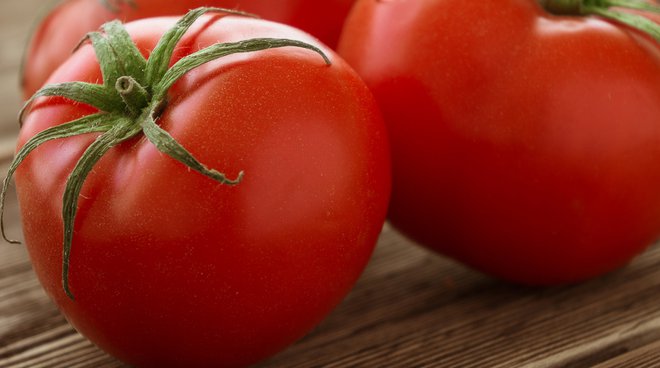Healthy and Sustainable
HOW EATING REDUCES THE THREAT OF STRESS 1/2
Vitamins, minerals and antioxidants are essential as they provide a boost when the body is under stress and, what’s more, they counter free radicals.

Stress - from the Old French "estrece" for stricture, oppression, derived from the Latin "strictus"- literally indicates a state of mental and physical fatigue, nervous tension that can become harmful to a person's health.
The human body responds to stressful situations or thoughts by releasing hormones - in particular adrenaline - that provide the brain, heart and muscles the energy they need for a "fight or flight" response. Fighting or escaping a possible threat increases cortisol, heart rate and blood glucose levels while lowering insulin levels.
Stress lowers our immune defenses.
We realize this during stressful — but not necessarily negative — events, such as moving to a new home or organizing a wedding, times when stress leaves us open to minor health problems, flu, rashes or herpes. These signals must not be underestimated because long-term stress can lead to gastrointestinal and cardiovascular disorders, irritable bowel syndrome, ulcers and insomnia.
Stressful situations can alter the diet because often, to cope with stress, we tend to seek gratification in food; but these "comfort foods" are not always good for our waistline, our health and, above all, they do not help relieve stress.
We must consider the diet as much more than simply feeding the body. Fortunately, some foods can help us cope with stress and re-establish the right balance at difficult times.
“Anti-stress” foods.
Vitamins, minerals and antioxidants are essential as they provide a boost when the body is under stress and, what’s more, they counter free radicals. Some of the foods you should always keep in the pantry:
#Oats: soluble fiber with low glycemic index to prepare a great porridge
#Bananas: a concentrate of fiber and magnesium, a superb mid-afternoon snack
#Lean white meat or seafood: rich in omega 3, proteins and zinc
#Mixed herbs: a natural, light way to add flavor to your dishes
#Red fruits and vegetables: with low glycemic index, rich in antioxidants, beta-carotene, fiber and vitamin C. These include: oranges, carrots, peppers, tomatoes
#Nuts: rich in magnesium, omega 3 and B vitamins, such as walnuts and almonds
#Legumes: chickpeas, beans, lentils, high in fiber, proteins and B vitamins
#Dry pasta and rice: to keep the glycemic index under control, these should be cooked ‘al dente’ (slightly underdone)
#Tomato Concentrate, Pureed Tomatoes and Tomato Sauce: low glycemic index condiments that do not sacrifice flavor.
Tomatoes are rich in minerals, vitamins and nutrients that are retained during cooking, indeed, these boost assimilation of the nutrients in the tomato.
NEWS
ALSO IN FOOD TRENDS
Healthy and Sustainable
Health and tomatoes: low-calorie recipes
Integrating low-calorie recipes into your diet is essential for anyone aspiring to maintain a healthy, balanced lifestyle. In this context, the tomato stands out as an ingredient known both for its nutritional value and versatility in cooking.
Healthy and Sustainable
What to add to puree? The right sauce for every taste
Tomato sauce is a classic of Italian cuisine and, starting with the basic recipe made with sautéed onion and basil, this delicious sauce can give you unforgettable moments of flavor!
Healthy and Sustainable
Recipes with grains for a cool summer
Four delicious recipes with grains, excellent also chilled, for a cool summer.


